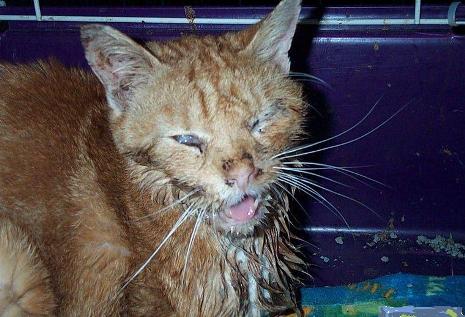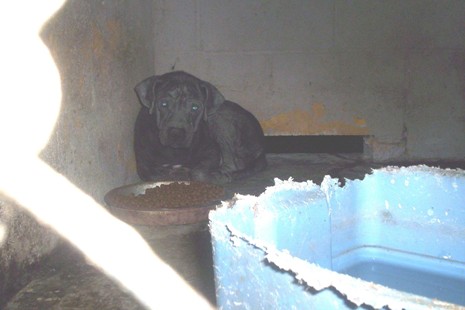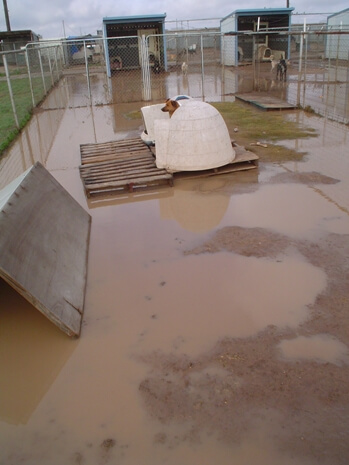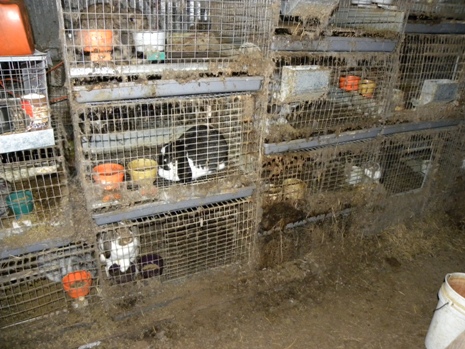Helping or Hoarding?
Many of us have had a peek into the bizarre world of hoarding courtesy of reality television. Accumulating piles and piles of household junk is bad enough, but when hoarders collect living animals, the results are extreme neglect, suffering, and death.
According to the Animal Legal Defense Fund (ALDF), “It is likely that up to a quarter million animals—250,000 per year—are victims of hoarders. What’s more, records kept by ALDF indicate that in the last four years, the number of reported hoarding cases has more than doubled. In terms of the number of animals affected and the degree and duration of their suffering, hoarding is the number one animal cruelty crisis facing companion animals in communities throughout the country.”
Alarmingly, as a result of public pressure to avoid euthanasia at all costs, the hoarding mentality has infiltrated animal shelters. MSNBC.com reports that groups calling themselves “rescues” and “shelters” currently account for one-fourth of the estimated 6,000 new hoarding cases annually reported in the U.S. This is just one more way that trying to become “no-kill” before becoming “no-birth” hurts animals.
 |
| Cat suffering horribly at Sacred Vision Animal Sanctuary. |
 |
| No-kill shelters sentence animals to a life in prison. |
When animal shelters and rescue groups—such as South Carolina’s terribly inaccurately named Sacred Vision Animal Sanctuary—aren’t themselves hoarding animals, they sometimes farm out animals to anyone who will take them, including hoarders, in order to reduce the number of animals they euthanize. Here are just two examples:
- In December 2010, the New Jersey SPCA and police raided the home of so-called animal rescuer Dawn Scheld and seized nearly 60 dogs who were hoarded in reportedly “filthy” conditions on her property. According to news reports, “When agents arrived, most of the animals were living in their own waste, a number of them in outside pens with insufficient shelter, little evidence of food, and frozen water. Most were suffering from some kind of illness, and many were in serious condition ….” Scheld had acquired many of the dogs from animal shelters that hand over animals to anyone claiming to be a “rescue” in order to reduce their euthanasia statistics.
- In September 2010, authorities raided an apartment rented by a foster caregiver for several Austin-area animal shelters and seized 78 cats. One-third of the cats were found dead in an unplugged refrigerator. The ironically named organization Austin Pets Alive! stated, “We have been informed by TLAC [Town Lake Animal Control] authorities that 5 of the 75 [sic] seized cats were originally saved by us from TLAC’s euthanasia list.” The hoarder had also adopted cats directly from TLAC.
 |
| Flooding left these dogs with nowhere to go. |
 |
| No animal should ever have to live in conditions like this. |
Please help keep animals out of hoarders’ hands by volunteering to help your local animal shelter screen potential placement partners, rescue groups, and adopters. Contact PETA for free placement partner applications and agreements. Please also spay and neuter all your animal companions—it’s the only real way to prevent animals from being born only to end up homeless or hoarded.
Written by Lindsay Pollard-Post
